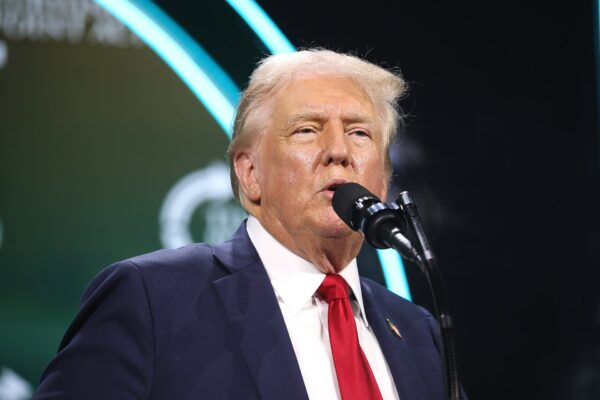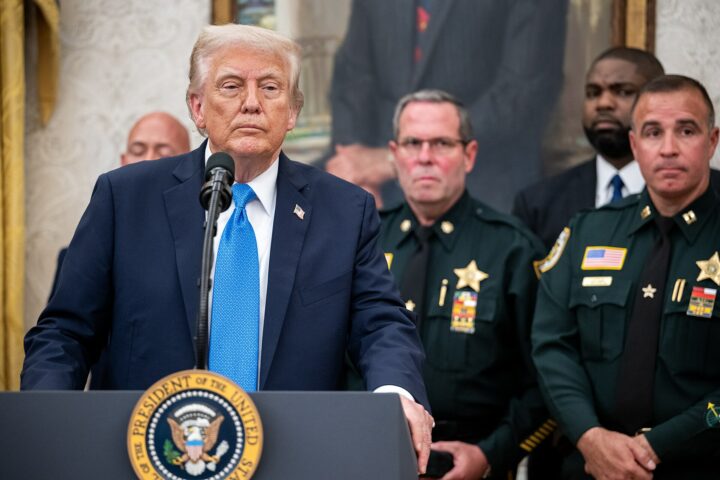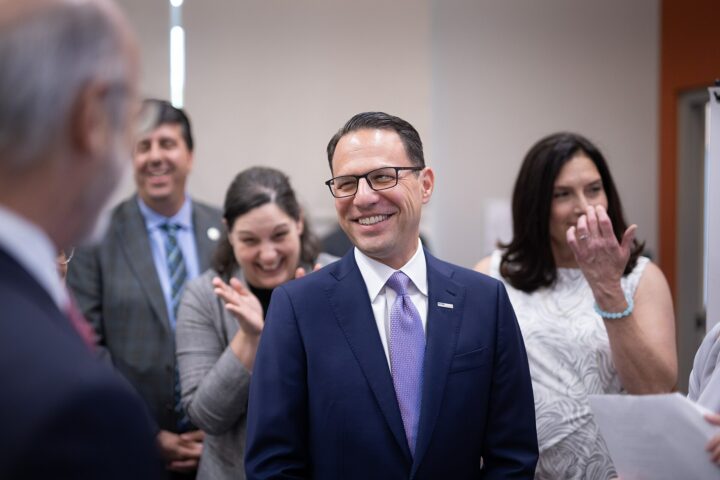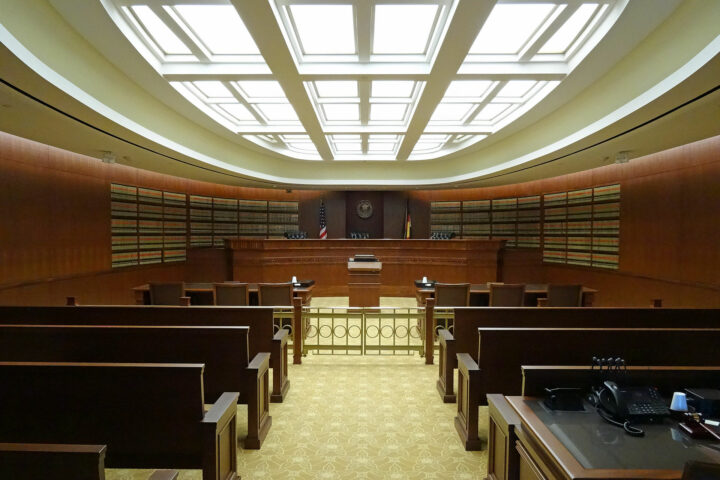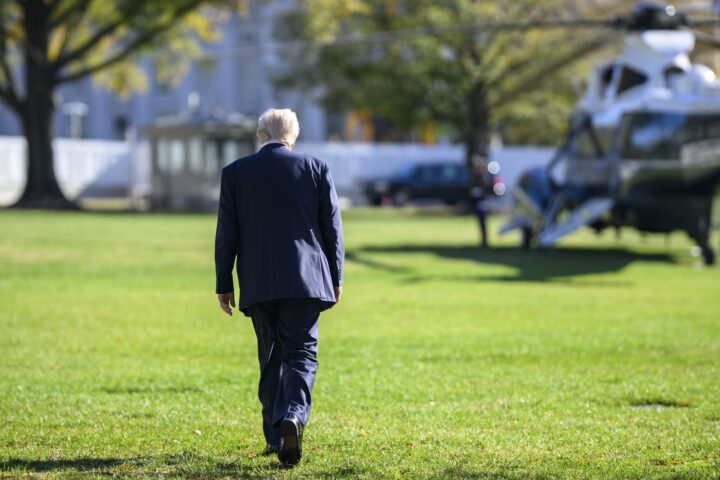President Donald J. Trump has now reportedly signed an executive order extending a pause on high U.S. tariffs for Chinese goods, delaying their reinstatement for another 90 days and keeping a lid on trade tensions with the world’s second-largest economy.
A White House official confirmed the move on Monday afternoon, noting that the order was signed just hours before the previous pause was set to expire at midnight.
Without the extension, duties on Chinese imports would have reverted to the steep levels seen in April, when the U.S.–China tariff standoff reached its peak.
The decision follows the latest round of trade talks between American and Chinese negotiators, held late last month in Stockholm, Sweden.
Those discussions, though yielding no dramatic breakthroughs, were widely expected to produce at least a short-term reprieve — a prediction that proved accurate.
This is the second such pause on tariffs between the two economic powers this year. In May, after negotiators met for the first time in Geneva, Switzerland, both sides agreed to suspend most of the tariffs on each other’s goods for 90 days, giving their teams space to explore more durable agreements.
That original pause was set to expire Tuesday, before Trump acted to extend it.
The order buys time for trade officials to continue pressing China on issues ranging from intellectual property protections to market access for American companies.
It also reflects the president’s preference for wielding tariffs as leverage rather than as an end in themselves — a hallmark of his negotiating style throughout his administration’s trade battles.
While critics of the pause argue that it delays much-needed pressure on Beijing, supporters say the extension preserves flexibility and keeps diplomatic channels open.
They point to the sharp escalation in April as a cautionary tale: both nations suffered economic turbulence, with American consumers facing higher prices on everyday goods and exporters from both countries confronting disrupted markets.
By avoiding an immediate tariff snapback, the administration appears to be signaling confidence that further talks could yield concessions without reigniting the economic strain of a full-blown trade war.
The timing also ensures that U.S. businesses, particularly importers preparing for the holiday season, will not face sudden cost increases.
For Trump, the extension allows him to maintain his tough posture toward China while avoiding the domestic political fallout of a tariff spike.
The president has repeatedly argued that his aggressive trade strategy has already forced Beijing to the table and that any future deal will be more favorable to the United States than past arrangements.
Still, the 90-day clock now begins again. If negotiators fail to reach new terms by the next deadline, the tariffs could return in force, bringing both economies back to the brink.
The White House has given no indication of whether a third extension is on the table, underscoring the high stakes — and the uncertainty — that continue to define the U.S.–China trade relationship.
[READ MORE: Trump Slams Rep. Jasmine Crockett, Urges Cognitive Test for ‘Radical Left Lunatics’]

